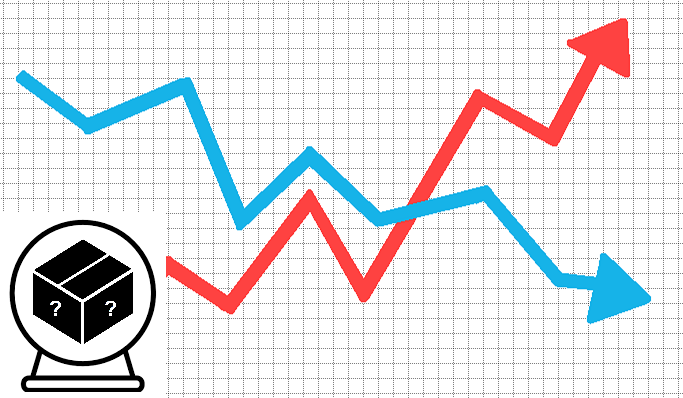Most ERPs on the market have modules for managing stock levels and generating purchase orders. In addition, some of these ERPs use historical sales data to be able to estimate the sales that we will have in the future and thus more precisely adjust our stock needs.
These functionalities are fantastic and totally necessary for the optimal functioning of our companies, both from the financial point of view and the level of customer service.
But, all these stock level management modules confuse the term «sale» and the term «demand», that is, when they say that they adjust stock levels based on the «demand» of the market, they are referring to that adjust stock levels based on historical «sales» and not on the actual demand that exists in the market.
But, isn’t historical demand and sales the same? We can say that for many products, demand and sales are equal, but not always!
Let’s look at some situations where demand and sales do not match:
-
Market demand is much higher than what our sales reflect. When it happens that we sell much less than the demand? The main reasons are that there are products that do not have a competitive price or because when they ask us we do not have them in stock, in both cases they ask us for them but we do not sell them.
-
Market demand is lower than what our sales reflect. This is difficult for it to happen, because the normal thing is that if we sell some products it is because the market needs them. But sometimes, our customers replenish out of inertia or sometimes they ask for more than they really need. In these cases we are inflating our stock unnecessarily.
-
There is demand in the market but we do not have sales. This happens for all the products that we do not have in our warehouse and that instead our clients look for. In these cases we should analyze, depending on the existing level of demand, whether or not these products should be incorporated into our range of products.
As we can see, there are various situations where our historical sales information does not correctly reflect the reality of the market.
In addition, this mismatch is much more problematic if we take into account that today, the majority of inquiries made by customers are from webshops, with which the entire inquiry process happens transparently without our realizing what actually happens with respect to real demand.
At Factory Data we have a unique system in the market for the analysis of the demand for automotive parts that allows us to complement and improve the stock management modules, combining in decision making: the sales history and the real market demand.
By Joan Cabós
CEO & founder


